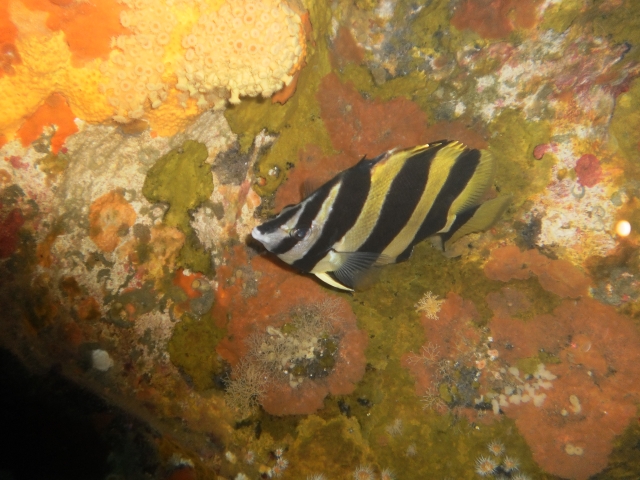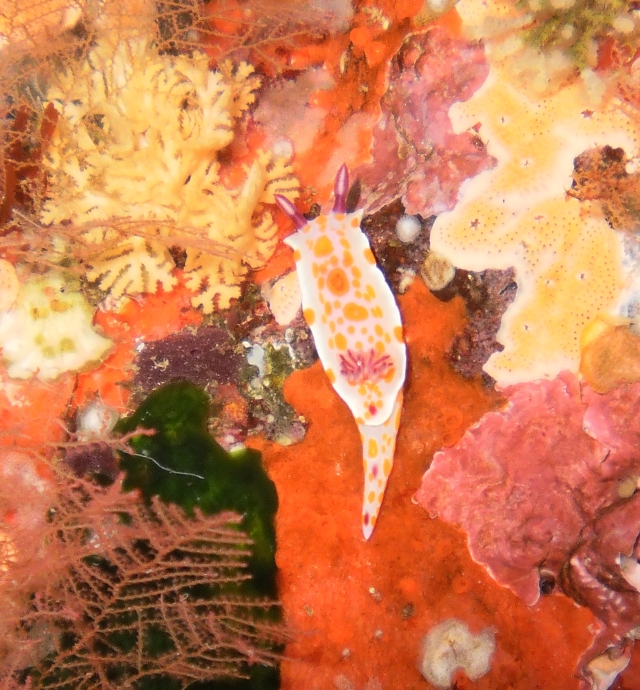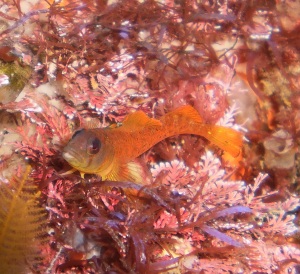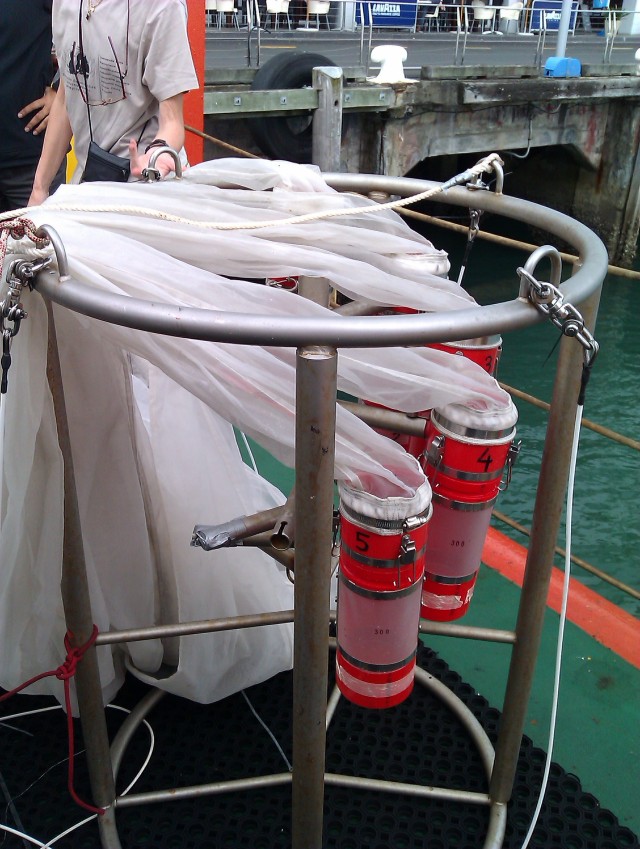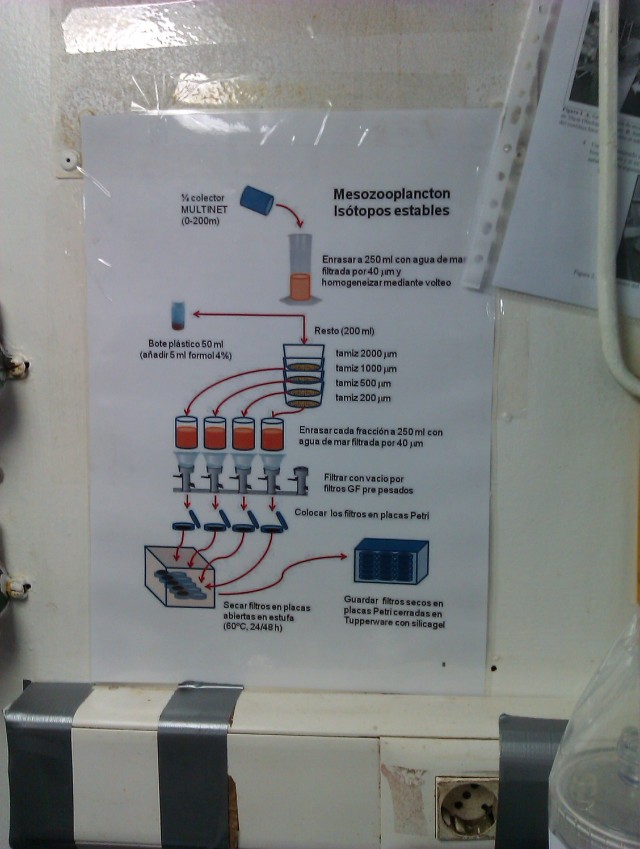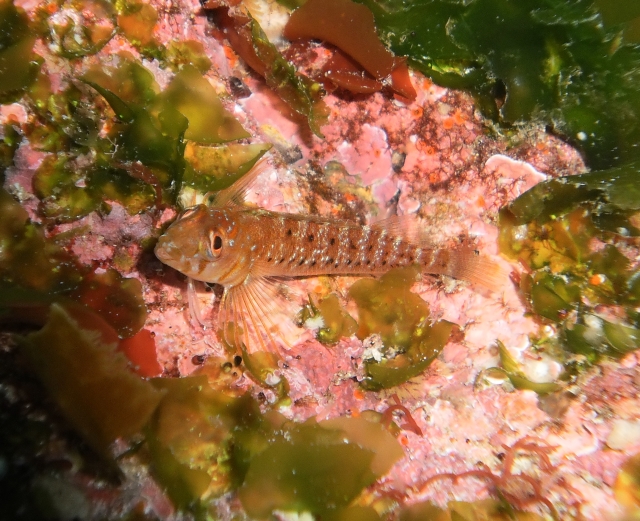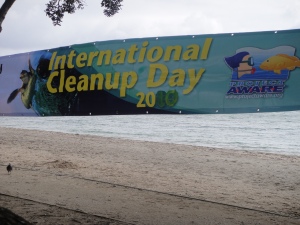Today, it was brought to my attention by Bruce Goorney of the White Shark Conservation Trust that Good Health, a New Zealand owned and based natural supplement/naturopathy company sell two shark-based ingredient products: Sharkilage and Squalene. Sharkilage is, as you can guess from the hybridised name, shark cartilage. The description on the website states “Shark fin has been highly prized by some cultures for many years.” Which is true, but it was not really prized for its health benefits – shark fin soup is mainly prized for its status-giving properties. Shark fin soup is a sign of affluence, holds no nutritional value, has no flavour, and most health benefits that are quoted (many claim it has cancer-fighting properties) have been shown to be insignificant.
Chondroitin is a naturally occurring glycosaminoglycan, or GAG, a large molecule that is essential in building connective tissues in the body. Chondroitin sulfate, while administered with glucosamine, has been shown in some studies to slow (but not prevent or reverse) the degeneration of joint cartilage in humans – however whether or not there is any pain relief is still contested. Chondroitin is found naturally in all sorts of intra-skeletal animals (including humans) and can be sourced from bovine cartilage as well as shark cartilage, or synthetically produced – therefore there is no need to obtain it from shark cartilage.
Shark liver oil benefits are less hocum; claims that shark liver oil has cancer-fighting abilities have undergone much testing and there may be some benefit to using the active organic compound, squalene. However it is important to note that squalene can be derived from plant sources as well, such as olives or wheat germ, therefore there is no need to source squalene from shark liver.
Good Health’s environmental policy claims they “employ environmentally sustainable practices in our business.” As I have mentioned in previous posts, shark fishing/finning is not an environmentally sustainable practice. Low fecundity rates coupled with slow rates of maturation means that sharks take longer to have offspring, and have fewer – so replenishing their populations takes a much longer time than say, tuna, who mature in 4-6 years and have numerous offspring. The white shark, for example, takes about 15 years to reach sexual maturity, gestation is 11 months, and as intrauterine cannibalism is a common phenomenon in white sharks, only a few pups are birthed. There is no doubt that we are fishing sharks at a much faster rate than they can replace their populations, which is the very definition of un-sustainability.
I have been living in New Zealand for over 3 years now, and I have made it my home. I consider myself, for all intents and purposes, a Kiwi. I want to support kiwi-owned businesses and purchase kiwi-made or kiwi-grown products, and I do. But this company demonstrates exactly the problem I’ve noticed in this great country: with the undeserved “green reputation” that New Zealand seems to have overseas, there is a great margin of disconnect with individual kiwis, and kiwi-owned businesses alike. Good Health, for example, spout the sustainability of their products, yet they indirectly promote one of the most unsustainable fishing practices in the world. This cognitive dissonance is not rare, I’ve seen it in the New Zealand government’s behaviour at the Climate Change Summit in Copenhagen last year as well, I see it in the lack of recycling facilities and campaigns at home, and I see it every time I pick up rubbish off the side of the road or a beach. There is a trend here in NZ, a lack of foresight when it comes to environmental sustainability – and that needs to change. But that I think is for another post, and begins at an individual level as I’ve said before.
I want to make this clear: I do not for a moment think that the people at Good Health are promoting the use and sale of shark products out of malice; I think there is simply a lack of knowledge about shark products, how they are sourced, and how they impact the environment. If I’ve said it once, I’ve said it a thousand times: the best way to combat this is through education. I cannot state that enough.
Therefore, in the light of educating those who may not be aware of the damaging effects that come from sourcing certain ingredients, I have written a letter – one that I am posting below, and sending on to salesnz@goodhealth.co.nz. I encourage you to do the same, my friends, and by all means use my letter if you want, or write your own. I’d love to hear whether or not anyone gets a response – and I will certainly let you know if I get one.
-Diverkat
_______________________________________________
Dear Messrs Dave and Brian Blanchard,
As a fellow New Zealander who proudly supports Kiwi businesses, I am shocked and disappointed in the disconnect between your environmental policy and the unsustainability of the main ingredients, shark cartilage (or chondroitin) and shark liver oil, in your products Sharkilage and Squalene.
Your environmental policy as stated on your website says:
”Good Health believes every New Zealand business should do its best to preserve New Zealand’s clean, green reputation and we accept our share of responsibility for the environment.
For this reason our endeavours to employ environmentally sustainable practices in our business.”
Sharks are slow-growing apex predators, and their reproduction rates are substantially lower than those of other apex predator fish. Apex predator populations are of vital importance to the health and welfare of marine ecosystems, and they are not fished in sustainable or ethical methods. An estimated 70 – 100 million sharks are killed each year for their fins, and shark populations have been estimated to have declined by nearly 90% in the past three decades.
Shark finning itself is an unethical and unregulated practice – shark meat is often laden with high mercury levels (like other slow-growing marine animals), and holds little market value. The most common finning method is to land the shark onto the boat, cut off all of its fins, and toss the carcass back into the water. This does not necessarily kill the shark. The shark can take up to five days to die by either starvation or asphyxiation (as it cannot swim to pass oxygenated water through its gills). Other times the shark can be eaten alive by other sharks. The whole process is extremely wasteful and very inhumane.
Encouraging shark fishing/finning through the promotion and sale of shark cartilage and shark liver oil is irresponsible business practice at best, and disingenuous to your environmental policy. I encourage you to remove these products from your online store and encourage your suppliers to remove these products from their shelves, and reinstate the integrity of your environmental policy.
Both chondroitin and squalene can be obtained from more sustainable sources – chondroitin can be found in bovine cartilage or synthetically produced, and squalene can be found in olives, wheat germ and other plant sources. Please consider using more sustainable sources for your products in order to be consistent with your policy.
I will be sharing this information with everyone I know and discourage them from using your products until a change is made. If you do remove Sharkilage and Squalene from your line of products, I will happily and proudly support your Kiwi business once again.


